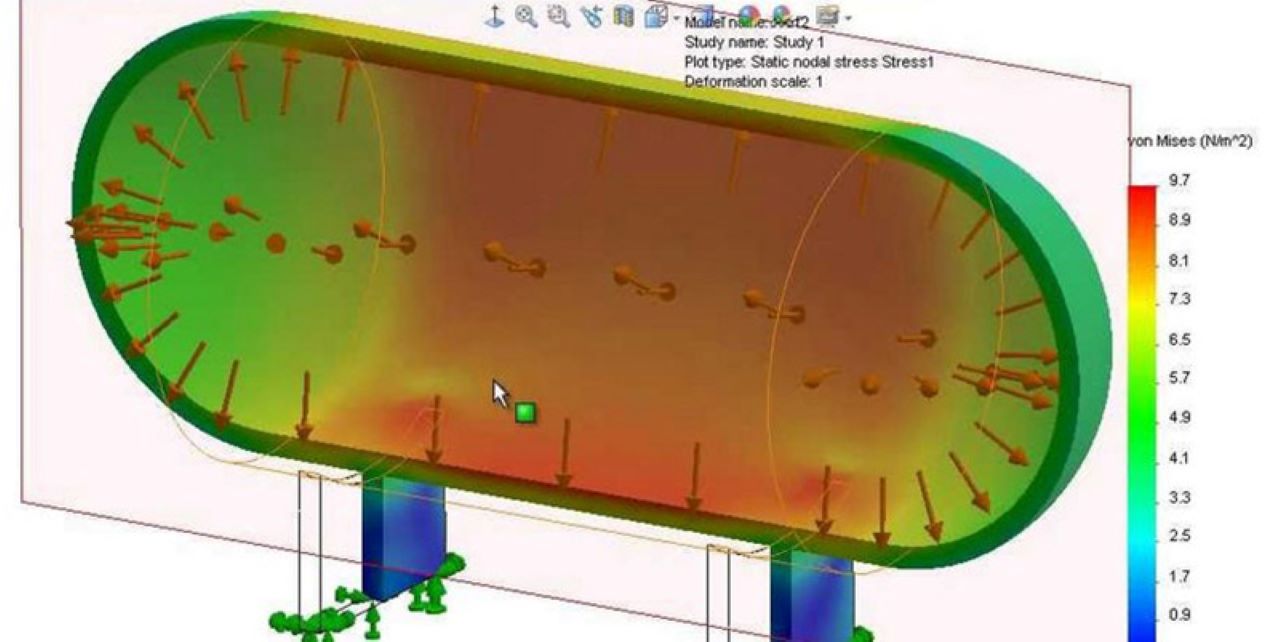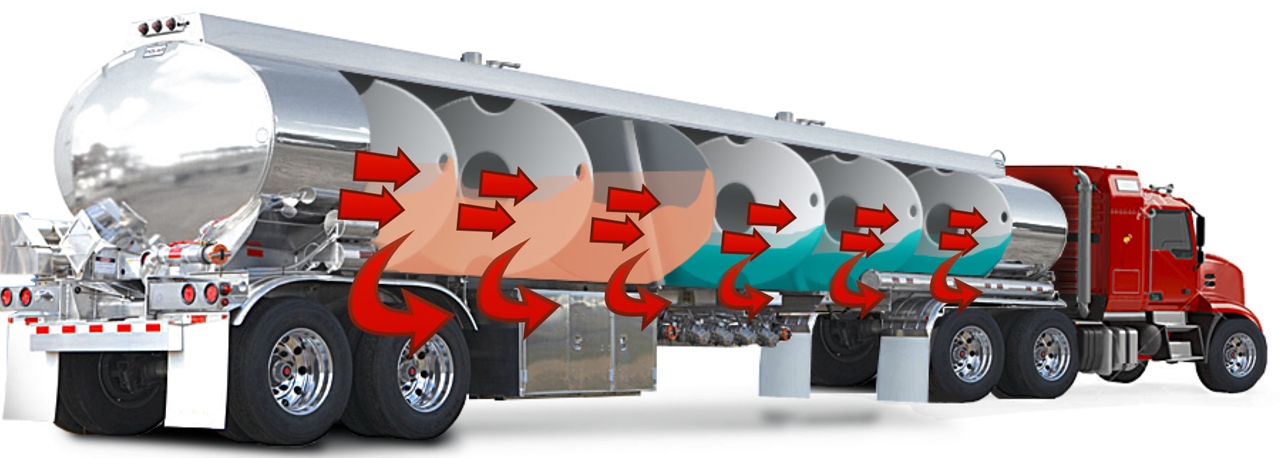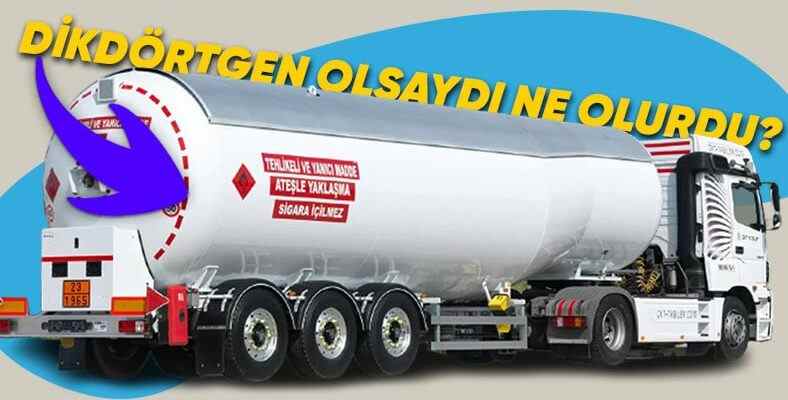You may have seen tankers carrying liquids and that these tankers are always cylindrical. In this content, we take a look at both why tankers are cylindrical and what the breakwater system inside them does. A quick tip; for the same reason we hold on when standing on the bus.
tankers carrying water, gas or various substances are tools. Although there are ships with the same task called tankers, our focus today is tankers on the roads. Despite the additional production costs, all tankers carrying liquid or gas are produced in a cylindrical structure.
Tankers are vehicles after all and must be able to travel in lanes on the roads. Therefore, like all other transportation vehicles, it should be thin and long. At the same time, they cannot exceed a certain height due to both safety and regulations. For tankers under these conditions The ideal shape is the cylinder.
Let’s start with the simplest reason for its cylindrical shape: to completely empty the liquid inside.
The cylindrical structure of the tanker keeps the liquid inside at the lowest level during unloading. in a line allows collection. The slightest slope on this line can direct all the liquid inside the valve to the desired point.
If tankers were built in the form of containers liquid that will remain on the edges and corners access would not be possible.
Another advantage of the cylindrical structure is the ability to store gas at higher pressure.

Tankers carry various gases other than liquids at high pressure. Circular structures with internal pressure are subject to only the axial tension force, while angular structures try to resist bending in addition. For this reason circular structures are more resistant to pressure.
For the same reason; for storing compressed gases sphere shape, Although superior to cylindrical, spherical tankers are not very applicable for the reasons mentioned above.
So what are these breakwaters and what do they have to do with our holding on while traveling standing up?
Let’s imagine that we are in a public transport bus and we are traveling on foot. Why do we hold on? As long as the doors of the bus are closed, we can continue to stay in the bus and continue towards our goal, even if we do not hold on. However, while the bus is accelerating, we hold on to avoid being swayed, or rather to avoid being swayed and damaged.
Whether we hold on during the journey or not does not change the forces acting on us, but it can greatly change their effect on us. This situation in physics conservation of momentum can be explained by law.
In its most succinct form; If you don’t hold on and you get swept around in the bus, you’ll be told in a very, very short time –momentarily– You spread the effect to be applied over time by holding on. Another example of this situation can be to break a load that is too heavy for us to lift and carry it in a longer time but with ease.
Now let’s think about the bus. Everything inside the bus (including you) that is not fixed during acceleration thrown around. This situation is dangerous not only for the thrown object, but also for the bus. Because it can both damage the bus and affect the movement of the bus and cause an accident.
The breakwater in tankers is based on exactly the same logic.

The liquid in a tanker without a breakwater can move freely inside the tanker during acceleration and it will quickly strike the inner walls of the tanker.
When a tanker carrying tons of liquid brakes suddenly, the liquid in it has no effect on the tanker in the first moments and starts to pile up forward.
Until the liquid can no longer find a place to go in front of the tanker. Meanwhile, the tanker braking is thrown forward as if a vehicle has hit him from behind, and this situation is quite risky.
The breakwaters attenuate the effects of the liquid inside at the moment of acceleration in the opposite direction to the acceleration. They spread the same amount of effect over time, making a more stable movement possible.
RELATED NEWS
